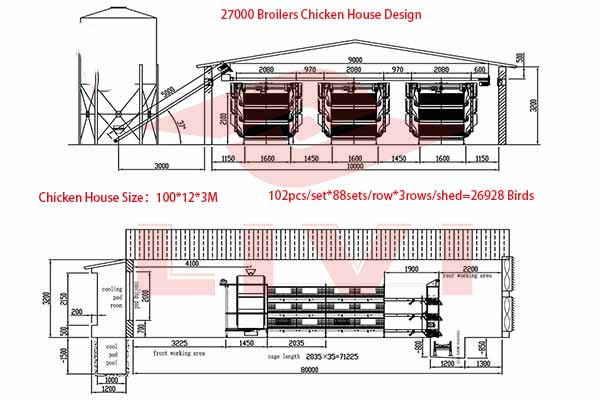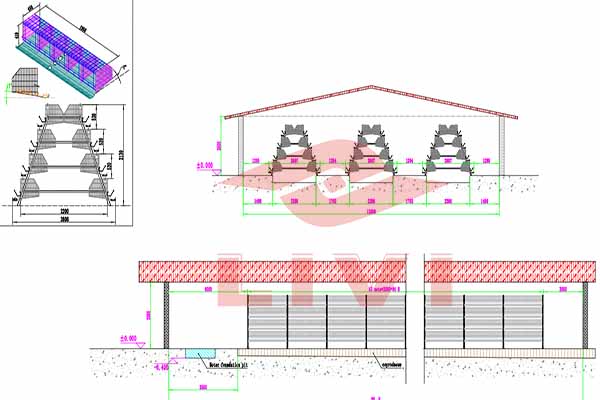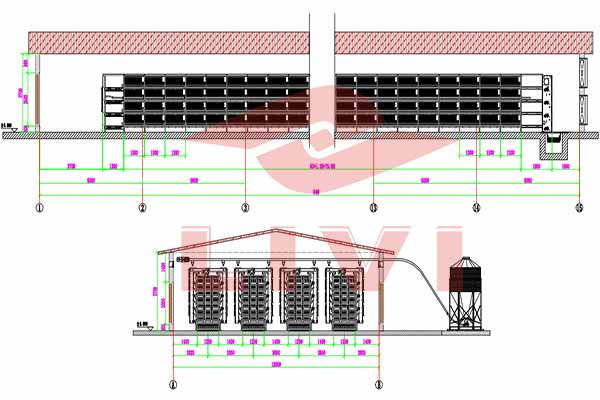Optimized Drinking System for 400,000 Chickens in Nigeria: A Comprehensive Guide
In the poultry industry, efficient water management is crucial for the health and productivity of chickens. For a facility housing 400,000 chickens in Nigeria, a robust drinking system is essential. This article delves into the key aspects of designing and implementing a drinking system tailored for such a large-scale operation.
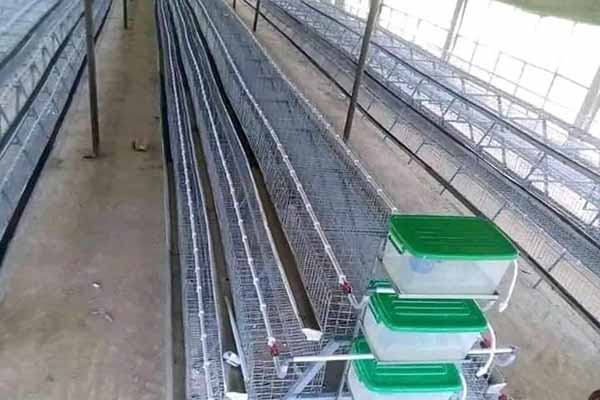
Understanding the Requirements
Before diving into the specifics of the drinking system, it is important to understand the requirements of 400,000 chickens. Here are some key data points to consider:
- Water consumption: On average, chickens require approximately 0.5 liters of water per day.
- Flow rate: To ensure all chickens have access to water, the system must provide a flow rate of at least 20 liters per minute.
- Accessibility: The drinking system should be designed to be accessible to all chickens, regardless of their age or size.
Designing the Drinking System
When designing a drinking system for 400,000 chickens, several factors must be taken into account:
- Water Source: Ensure a reliable water source with adequate flow rate and quality.
- Water Treatment: Implement a water treatment system to ensure the water is safe for consumption.
- Water Distribution: Use a network of pipes and nipples to distribute water throughout the facility.
- Monitoring and Maintenance: Install monitoring systems to track water usage and perform regular maintenance to prevent issues.
One effective solution is to use a gravity-fed system, which ensures a consistent water flow without the need for electricity. This is particularly beneficial in areas with frequent power outages, such as Nigeria.

Case Study: Nigeria’s Largest Poultry Farm
Nigeria’s largest poultry farm, with a capacity of 400,000 chickens, implemented a gravity-fed drinking system. The system was designed to provide a flow rate of 20 liters per minute, ensuring all chickens had access to water. The water source was treated to meet the necessary quality standards, and a monitoring system was installed to track water usage and detect any issues.
The farm experienced a significant increase in productivity and a decrease in mortality rates after implementing the new drinking system. The cost of the system was justified by the improved performance of the chickens.
Conclusion
An optimized drinking system is crucial for the success of a large-scale poultry operation like one housing 400,000 chickens in Nigeria. By consider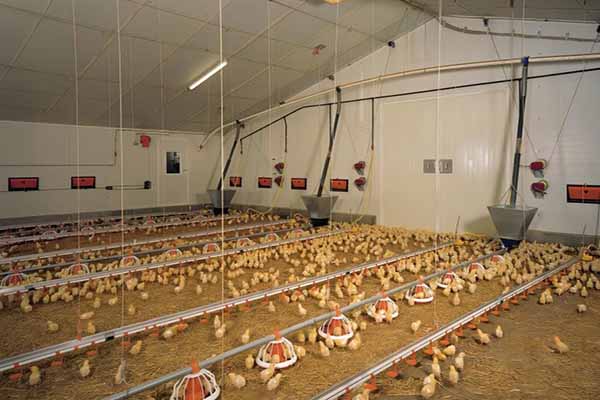 ing the specific requirements of your facility and investing in a reliable system, you can ensure the health and productivity of your chickens.
ing the specific requirements of your facility and investing in a reliable system, you can ensure the health and productivity of your chickens.
For more information on designing a drinking system for your poultry farm, or to request a free, customized design and equipment quote from LIVI Mechanical, please leave a comment below or contact us directly.


